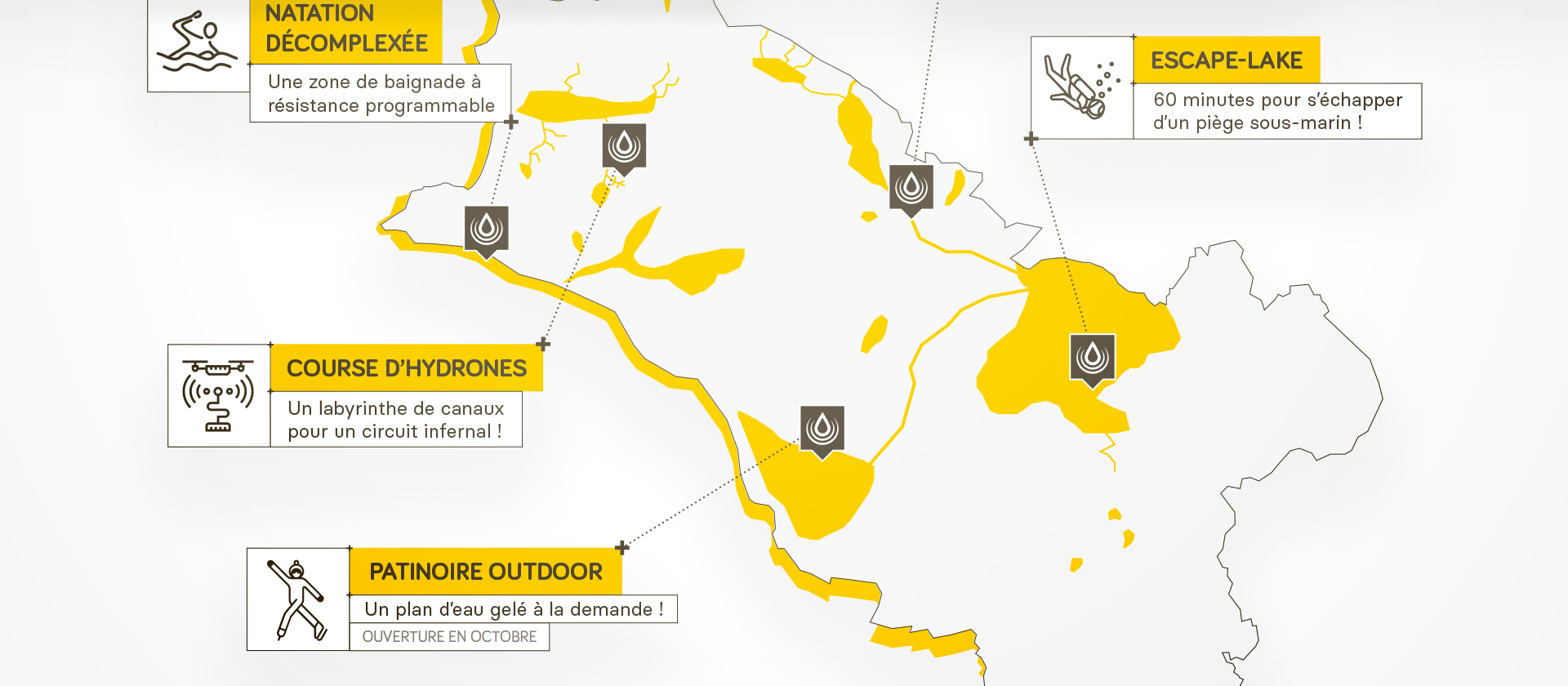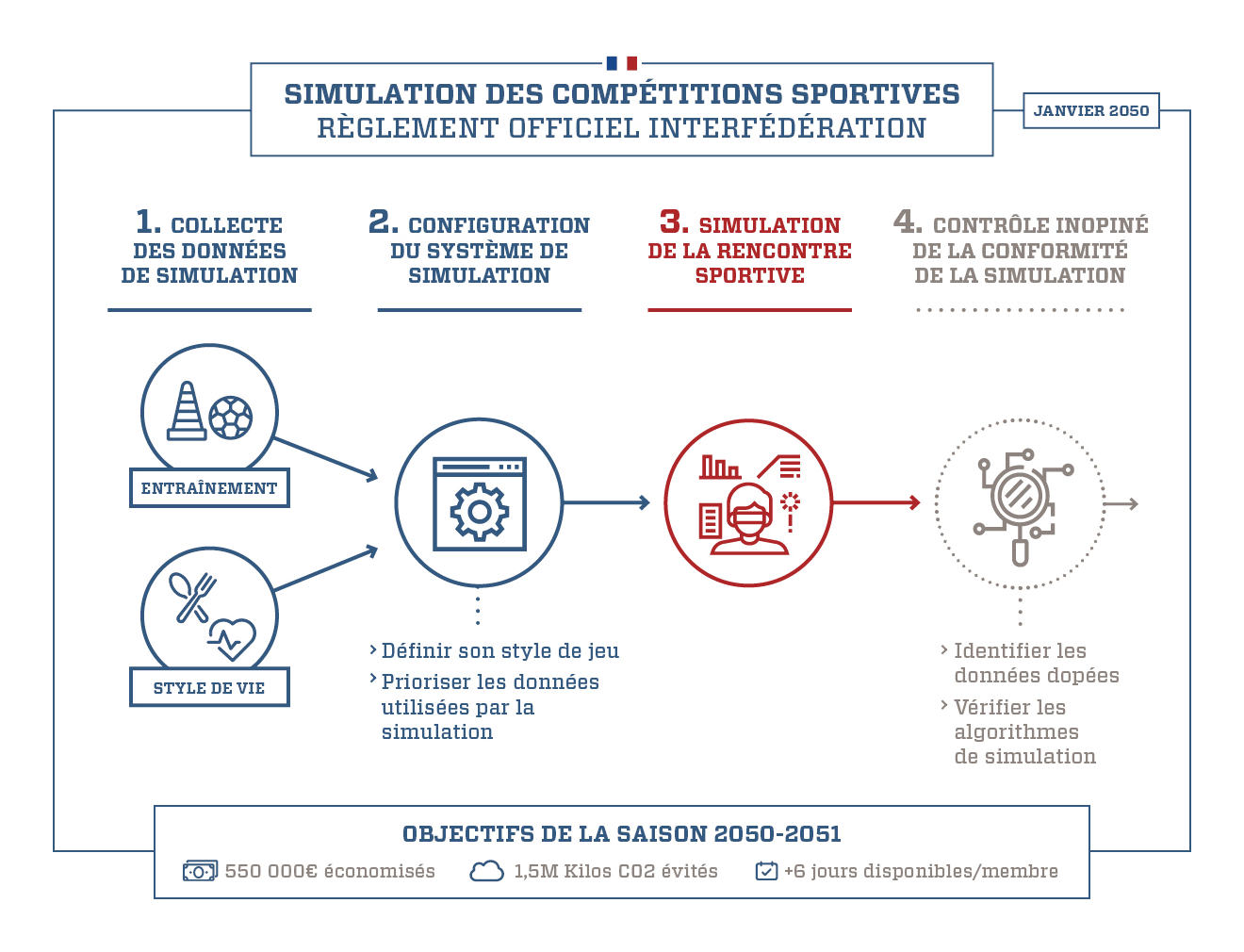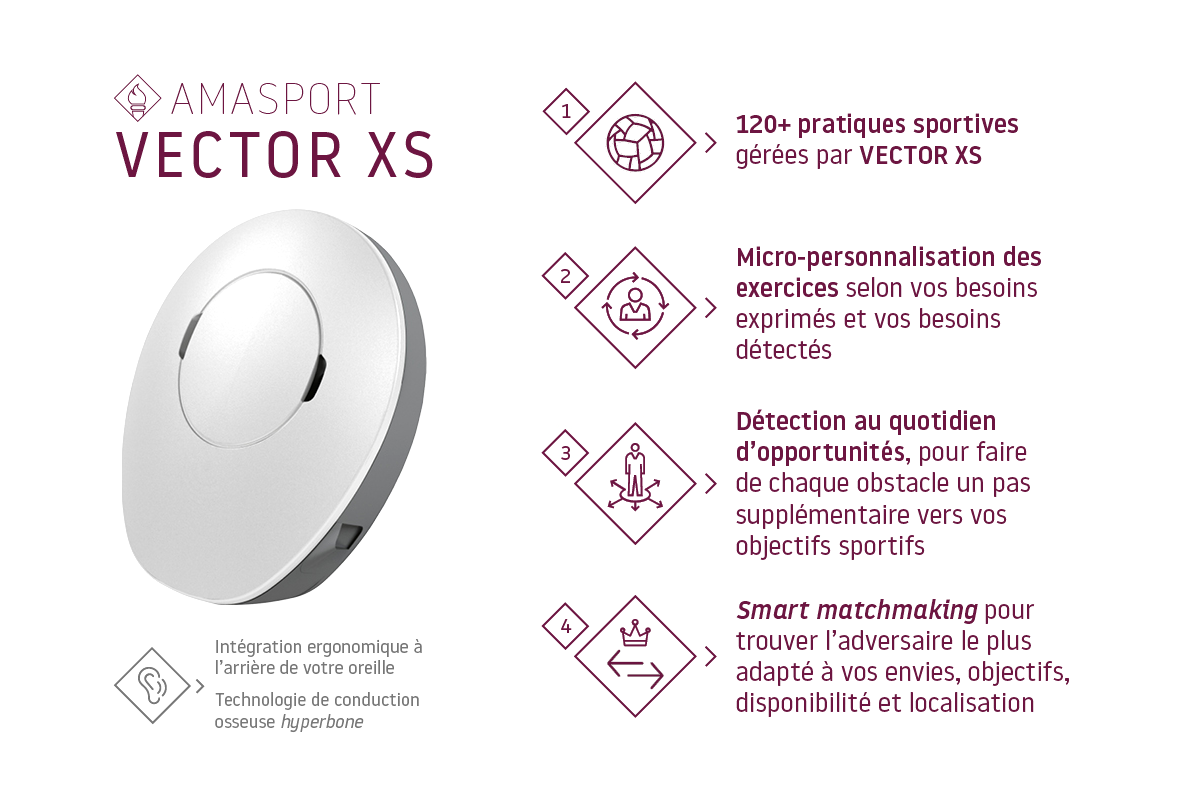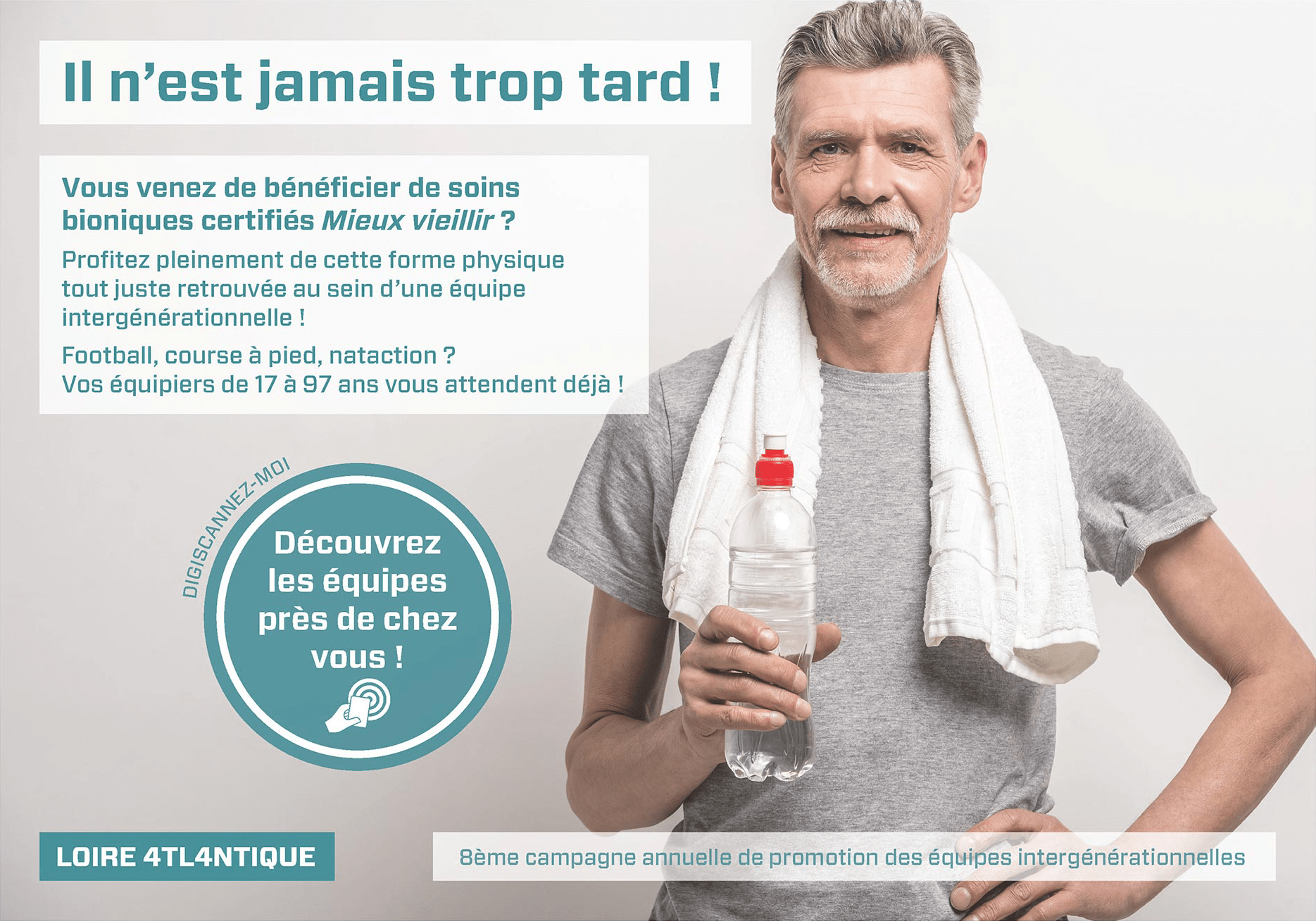
Rural sports in 2050
Anticipating changes in sports practices in the Pays de Retz to adapt today
The Pays de Retz, located in the southwest of the Loire-Atlantique French department, is set to undergo significant transformations in its geography and population by 2050: an ageing population, rising sea levels, increasing gentrification, to name just a few. How can sport, as a tool for territorial cohesion, help to navigate these changes? This was the starting point of a forward-looking initiative on the future of sports practices in rural areas, led by the teams of the Loire-Atlantique Department.
Based on a corpus of foresight studies, we developed four speculative and provocative scenarios, which were debated during the 2018 territorial meetings dedicated to the sport in the Loire-Atlantique region. Over the course of two days of conferences and workshops, we organised a ‘confrontation of futures’, inviting sports professionals, local elected officials, community partners, and residents of the Pays de Retz to imagine and shape the guidelines for future offers of physical and sports activities.
Each scenario explored the evolution of a territorial challenge through a series of design fictions:
- Augmented sport, with the computer simulation of sports competitions,
- The intersection of sport and tourism, with the privatisation of aquatic sports grounds,
- The rise of new sports practices, leading to the disappearance of federations and associations,
- Sport for an ageing population, with the ambiguous situation of intergenerational teams.

↑ By 2050, the initial rounds of sports competitions are simulated by algorithms rather than played by athletes, offering significant cost savings.

↑ By 2050, following rising sea levels, the equipment provider Aquaness benefits from the privatisation of new aquatic sports grounds for its innovative range of activities.

↑ By 2050, sports federations have been replaced by algorithms that support autonomous and personalised physical activities.

↑ By 2050, longer life expectancy and bionic enhancements have led to intergenerational teams, but also to some conflicts with ‘natural’ athletes.
These fictions were discussed in a playful debate format created specifically for the occasion, full of twists and turns. We asked participants to consider whether each scenario represented a desirable or undesirable future. Following the debates, we identified and summarised the key arguments that supported positions either in favour (‘This is a preferable future!’) or against (‘This is an undesirable future…’) each of the proposed scenarios.
These elements of territorial diagnosis have since contributed to the consultation phases and communication campaigns mobilising sports stakeholders in the region.
